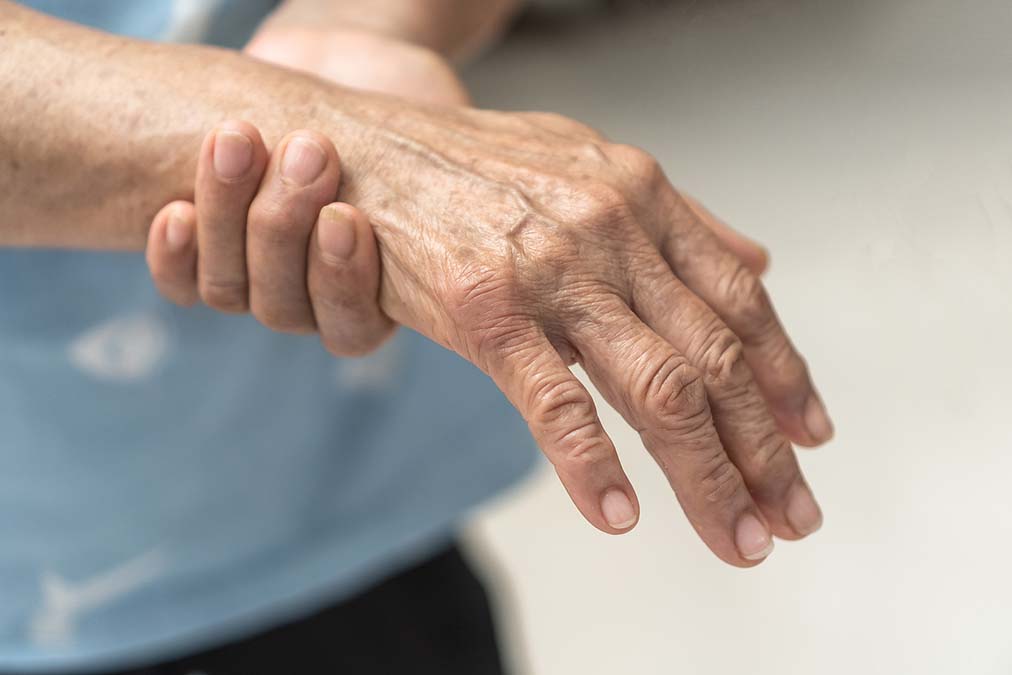 Most people who develop neuropathy have been suffering from diabetes for a long time.
Most people who develop neuropathy have been suffering from diabetes for a long time.
So it’s tempting to blame diabetes for neuropathy.
But a new study in the journal Neuropathy reveals several lifestyle factors that contribute to neuropathy, and most of them are much easier to address than diabetes.
If you eliminate these factors, your neuropathy may leave with them.
The researchers focused on small fiber neuropathy. But we can assume that these results mostly apply to any type of neuropathy.
With small fiber neuropathy, only the small nerves in your skin are affected.
Common symptoms are pins-and-needles, electric shock sensations, tingling, and numbness. Although it is not seriously disabling, it is annoying and can interfere slightly with the ease of daily tasks.
The authors of this study searched for people who had been medically tested and diagnosed with this condition in Olmsted County in Minnesota, along with adjacent counties.
They found 94 patients and recruited 282 healthy people with whom to compare them.
These two groups were compared from 1998 to 2017. The first interesting discovery was that the occurrence of this type of neuropathy was increasing, with a current prevalence of 13.3 per 100,000 people. Although this might not sound like much, it means that more than 42,000 Americans have small fiber neuropathy.
Here are some other discoveries:
-
1. This is a condition of the middle aged and elderly, with the average onset age being 54.
2. It is more common among women than men, with 67% of sufferers being women.
3. It is more common among obese people: those with small fiber neuropathy had an average BMI score of 30.4, versus 28.5 among those without the condition.
4. It is more common in insomniacs, with 86% in the neuropathy group versus 54% in the control group reporting poor sleep. Whether this is a cause or consequence of neuropathy was not investigated, but it is not unreasonable to suspect that the condition might interfere with sleep.
5. Analgesic opioid prescriptions were more common in the neuropathy group than among the healthy controls (72% versus 46%).
6. At 51% versus 22%, the neuropathy sufferers were more likely to have diabetes.
7. With an average triglyceridemia score of 180 mg/dl versus 147 mg/dl, they were more likely to have high levels of fat in their blood.
8. They had more co-occurring health conditions than the controls did, at six versus three.
9. 46% of neuropathy sufferers versus 27% of controls suffered a heart attack.
These are not necessarily causes of small fiber neuropathy; some of them may be consequences of it. But most of them are certainly indicators of poor health and can be changed, especially in the cases of obesity, diabetes, and blood fat levels.
The researchers also discovered that 36% of those with small fiber neuropathy went on to develop large fiber neuropathy, which can be much more disabling.

 Overcoming IBD
Overcoming IBD Multiple Sclerosis
Multiple Sclerosis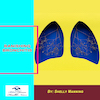 Banishing Bronchitis
Banishing Bronchitis Gum Disease Gone
Gum Disease Gone Overcoming Onychomycosis
Overcoming Onychomycosis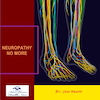 Neuropathy No More
Neuropathy No More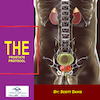 The Prostate Protocol
The Prostate Protocol Brain Booster
Brain Booster
 Ironbound
Ironbound
 Solution for Shingles
Solution for Shingles
 The Bone Density Solution
The Bone Density Solution
 The Ultimate Healing Protocol
The Ultimate Healing Protocol
 The Parkinson's Protocol
The Parkinson's Protocol
 The Chronic Kidney Disease Solution
The Chronic Kidney Disease Solution
 Overthrowing Anxiety
Overthrowing Anxiety The Fatty Liver Solution
The Fatty Liver Solution The Hypothyroidism Solution
The Hypothyroidism Solution
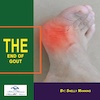 The End of Gout
The End of Gout The Blood Pressure Program
The Blood Pressure Program
 The Oxigized Cholesterol Strategy
The Oxigized Cholesterol Strategy
 Stop Snoring And Sleep Apnea Program
Stop Snoring And Sleep Apnea Program
 The Arthritis Strategy
The Arthritis Strategy The Vertigo & Dizziness Program
The Vertigo & Dizziness Program The 3-Step Diabetes Strategy
The 3-Step Diabetes Strategy Hemorrhoids Healing Protocol
Hemorrhoids Healing Protocol The Erectile Dysfunction Master
The Erectile Dysfunction Master Weight Loss Breeze
Weight Loss Breeze The IBS Program
The IBS Program The Insomnia Program
The Insomnia Program The Migraine and Headache Program
The Migraine and Headache Program The Neck Pain Solution
The Neck Pain Solution The Menopause Solution
The Menopause Solution The Ejaculation Master
The Ejaculation Master The TMJ Solution
The TMJ Solution The Acid Reflux Solution
The Acid Reflux Solution The Fibromyalgia Solution
The Fibromyalgia Solution The Psoriasis Strategy
The Psoriasis Strategy